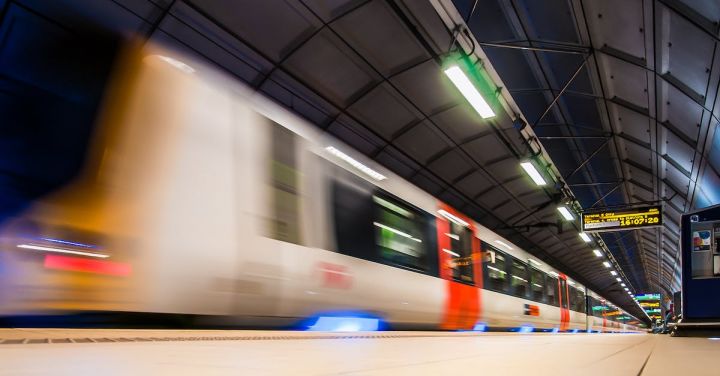In recent years, high-speed rail has emerged as one of the most exciting and promising developments in transportation. With its ability to transport passengers at incredible speeds, high-speed rail offers a convenient and efficient alternative to traditional modes of travel. As countries around the world invest in this technology, the dawn of high-speed rail is upon us.
High-speed rail systems utilize advanced technology to achieve remarkable speeds. Trains can travel at speeds exceeding 300 kilometers per hour, allowing passengers to reach their destinations in a fraction of the time it would take by car or plane. This incredible speed not only saves time but also reduces the carbon footprint associated with transportation. High-speed rail is a greener alternative to air travel, emitting fewer greenhouse gases and contributing to a more sustainable future.
One of the key advantages of high-speed rail is its ability to connect cities and regions, fostering economic growth and development. By linking urban centers and suburban areas, high-speed rail promotes greater mobility and accessibility. Commuters can travel to work in the city while enjoying the comfort and convenience of a high-speed train. Additionally, high-speed rail can connect cities that are further apart, making it possible for people to explore new destinations and expand their horizons.
The economic benefits of high-speed rail are vast. The construction and operation of high-speed rail systems create jobs and stimulate economic activity. The demand for skilled workers in engineering, construction, and maintenance sectors increases, providing employment opportunities for many. Moreover, high-speed rail attracts tourists and business travelers, boosting local economies and generating revenue for hotels, restaurants, and attractions.
High-speed rail also offers a safer mode of transportation compared to other options. With dedicated tracks and advanced safety features, the risk of accidents and collisions is significantly reduced. Trains are designed with state-of-the-art technology, including automatic braking systems and crash avoidance mechanisms. Furthermore, the smooth ride of high-speed trains minimizes the discomfort often associated with travel, ensuring a pleasant and enjoyable journey for passengers.
As countries around the world recognize the potential of high-speed rail, they are investing heavily in infrastructure development. China, for example, has built an extensive high-speed rail network that spans thousands of kilometers and connects major cities. Similarly, countries like Japan, France, and Germany have long embraced high-speed rail, reaping the benefits of this advanced transportation system. In the United States, plans for high-speed rail are underway, with projects in California and the Northeast corridor gaining momentum.
Although the dawn of high-speed rail brings numerous advantages, there are challenges that need to be addressed. The high cost of construction and maintenance is a significant hurdle for many countries. Additionally, the need for land acquisition and environmental impact assessments can slow down the progress of high-speed rail projects. However, with proper planning and investment, these challenges can be overcome, paving the way for a future where high-speed rail is a global norm.
In conclusion, the dawn of high-speed rail is an exciting prospect for the future of transportation. With its incredible speed, environmental benefits, and economic advantages, high-speed rail offers a promising alternative to traditional modes of travel. As countries invest in this technology and overcome challenges, high-speed rail will become a common feature of our daily lives, revolutionizing the way we move and connect with each other. The age of high-speed rail has arrived, and the possibilities it holds are limitless.
